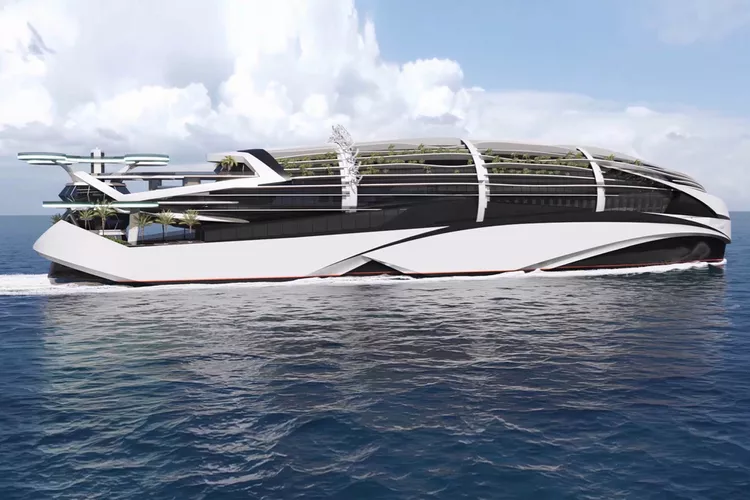1. Introduction to the Future of Cruising
2. The Unique Design of Reverse
3. Innovative Features of the Concept Ship
4. Sustainable Energy Sources
5. Real-World Applications of Advanced Technologies
Shipbuilder Meyer Group imagines the future of cruising with a new ship concept.
Step aside, flying cars; the future of cruising is here.
Family-owned shipbuilding company Meyer Group just debuted a ship concept that they envision for cruise vacations in 2100. Meyer Group calls it Reverse, and it certainly has a unique look.
With an almost whale-like silhouette, the ship boasts windows that cover its exterior, allowing for urban gardening indoors regardless of outside climate conditions. Meyer Group states that the design reflects the aerodynamics of a rockhopper penguin. If you picture a penguin launching gracefully out of the water, you can imagine this innovative design.
“The ship is based on global megatrends and is one — but not the only — logical response to them,” said Tim Krug, head of concept development group at Meyer Group. “For example, we’ve included small restaurant areas that serve more as social meeting places, because we envision a significant portion of nutrients being consumed in concentrated forms, like pills.”
While that concept may sound unusual, there are more practical features, including drone landing pads and a modular cabin structure that can adapt to a cruise line’s specific needs.
“From today’s perspective, we sometimes explore extreme approaches, but it is equally important to think them through and develop answers from those ideas,” Krug explained.
The concept ship would harness wave energy, wind energy, solar energy, and fuel cells; a model showcased at the cruise conference Seatrade operated on a methanol-based fuel cell, which does not emit carbon dioxide.
While Reverse remains a concept, Meyer Group is implementing some of its forward-thinking technology in upcoming ships, such as Silversea’s Silver Nova, which will be equipped with a liquified natural gas (LNG) fuel cell — a crucial step towards utilizing a methanol fuel cell.




